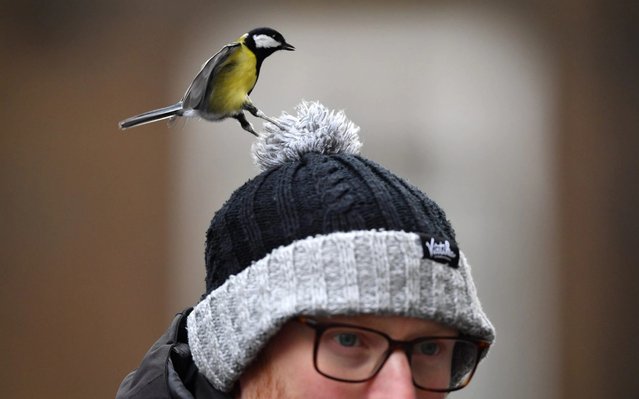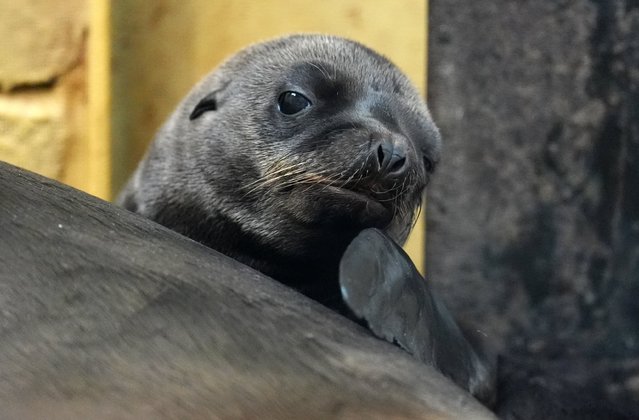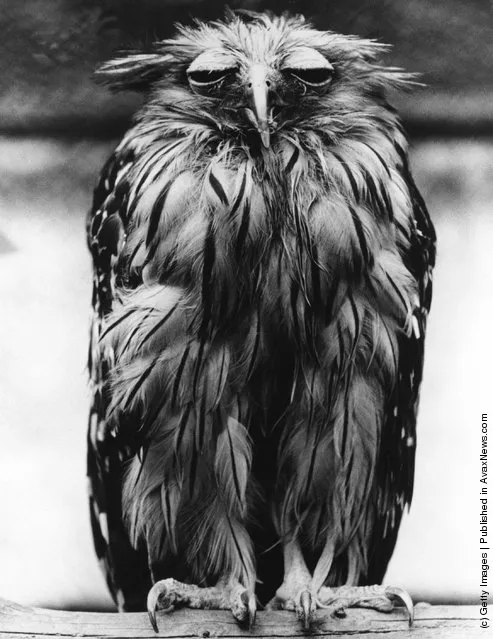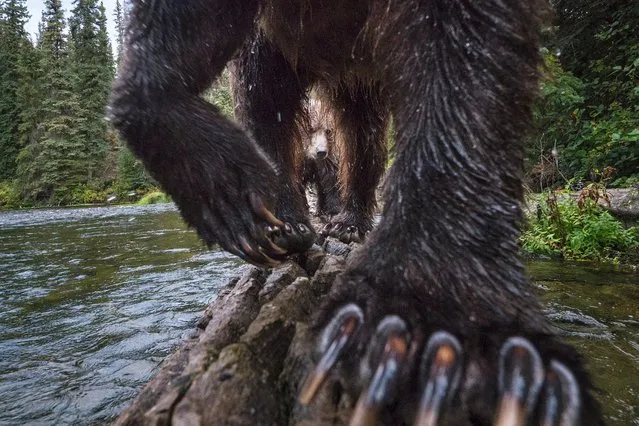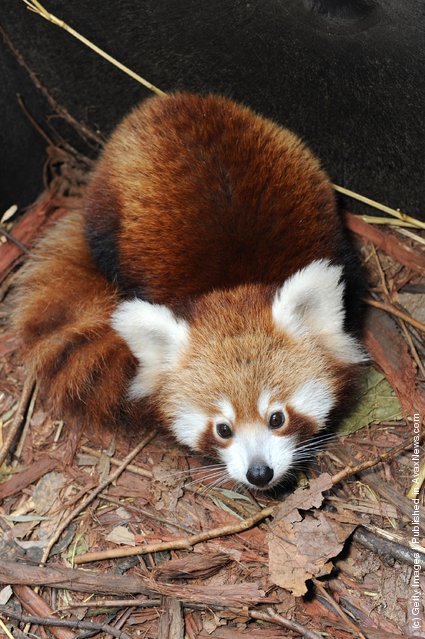
A woman holds up what the Chris Steaks & Burgers restaurant says is Thailand's biggest burger weighing more than 6 kilograms, before a competition held to eat it at the restaurant in Bangkok, Thailand, October 11, 2019. Chris Steaks and Burgers is offering a 10,000 baht ($330) prize for anyone who can finish the mammoth snack in nine minutes – one baht for every calorie. (Photo by Jiraporn Kuhakan/Reuters)
15 Nov 2019 00:01:00,post received
0 comments


